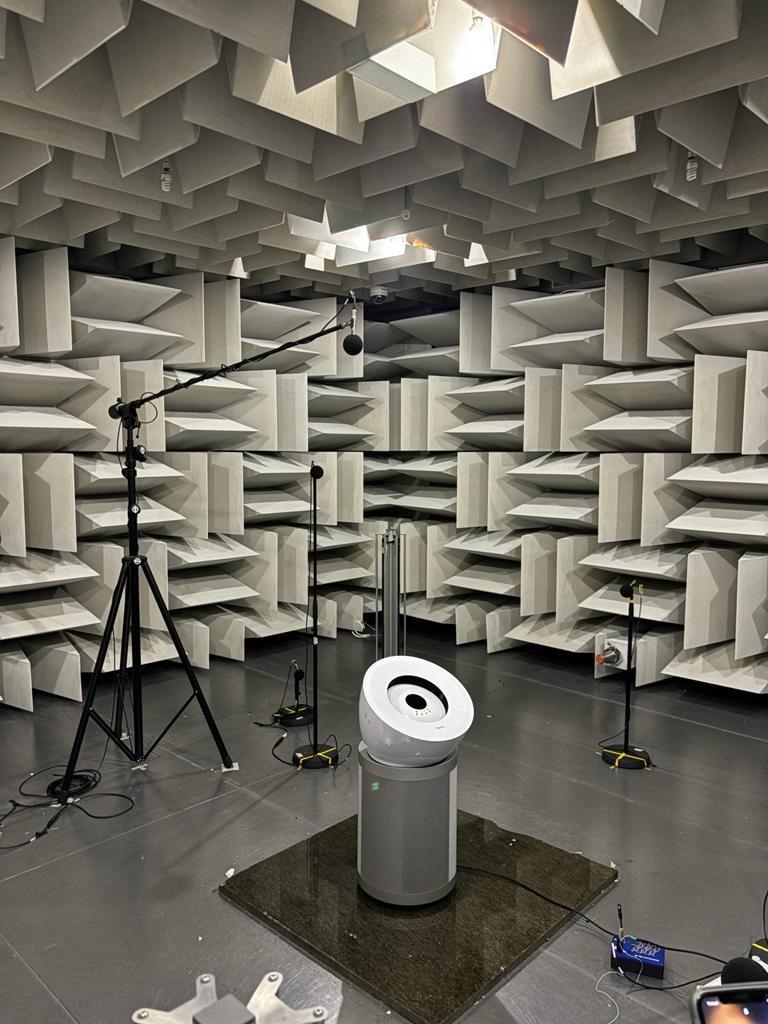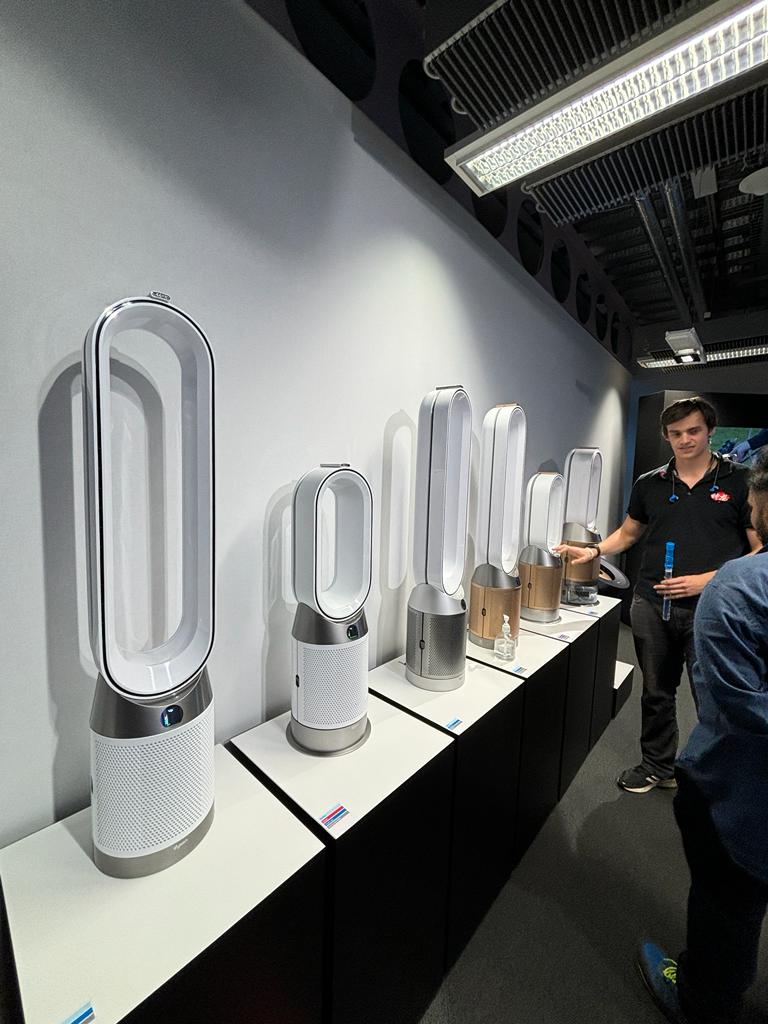How do Dyson Air Purifiers address the issue of varying particulate matter levels across India? Samuel Railton elaborates on what sets Dyson air purifiers apart.
“One of Dyson’s unique strengths is our in-house expertise in key areas,” said Samuel Railton, Environmental Care Category Manager at Dyson. “Air Purifiers have found resonance among millions of households across the globe, especially after the pandemic. Even as companies are scrambling to capture the renewed interest of consumers, there are brands that stand out with their cutting-edge technology and commitment to collective well-being through innovation and scientific research.”
The indianexpress.com visited the Dyson Campus in Malmesbury, UK, to understand the intricate world of air purification. In an exclusive interaction with Railton that spanned from HEPA filters to smart connectivity, we got to witness Dyson’s approach to science, engineering, and user experience. Below are the excerpts from the insightful conversation on how Dyson plans to help its users tackle air pollution.
What are the key technological innovations in terms of design principles that set Dyson air purifiers apart from its competitors globally?
At Dyson, our unique strengths lie in our in-house expertise in key areas such as our microbiology facilities and separation systems. Dyson has global hubs that allow us to manufacture products based on science and keep all our innovations confidential till they are ready for launch. We have teams that comprise not only engineers but also scientists and researchers. And, these teams have expanded our collective skill set significantly over the recent years.
Can you highlight any specific technologies used in Dyson air purifiers?
Dyson’s understanding of airflow and aerodynamics has led to innovations such as the air multiplier technology that projects high-velocity airflow to produce a cooling effect. This technology has also been deployed on our purification systems to ensure effective air circulation. Moreover, our cone aerodynamics, as seen in the Purifier Big+Quiet, is yet another testament to our commitment to integrating science into engineering.
What can you tell us about the HEPA and activated carbon filters in Dyson air purifiers?
Our devices come with a dual-stage filtration system. The particulate filter is of HEPA-grade media, specifically H13, which captures 99.95% of particles down to 0.1 microns. We also ensure that our machines are enclosed with HEPA-grade seals, ensuring all air entering the machine is clean. As for carbon media, we use various types, including standard activated carbon and Tris-impregnated carbon, which help capture formaldehyde. The Dyson Purifier Big+Quiet Formaldehyde at the acoustic testing lab at Dyson Campus. (Image: Bijin Jose/The Indian Express)
The Dyson Purifier Big+Quiet Formaldehyde at the acoustic testing lab at Dyson Campus. (Image: Bijin Jose/The Indian Express)
How does Dyson address the challenge of users not seeing an immediate difference with air purifiers, unlike other products?
Well, that’s a unique challenge for us. Unlike immediate benefits seen with products like hair dryers, environmental care products do not offer instant visible results. Hence, we ensure that the data and information collected by our products are relayed back to our users. This not only helps them understand and tackle pollution events but also educates them about what causes these events.
Given the diverse levels of particulate matter across India, how does Dyson design its air purifiers to address this variance?
We rely on two primary data sources: connected data and scientific research. This helps us understand the types and severity of pollution in each region. We recognise that pollution can come from both external sources, like vehicle emissions, and internal sources, like burning candles or incense sticks. Our technology is designed to tackle both particulate and gas pollution effectively.

The last few years have been unique due to the pandemic. At Dyson, we don’t design products for fleeting trends. Instead, we aim to create products that address the consistent needs of our users. While the pandemic has ended and many have returned to offices, a significant number still work from home. Regardless, our primary goal remains: to reduce air pollution exposure in homes and workplaces. That’s why we offer a range specifically designed to tackle this issue.
How does Dyson approach smart features and connectivity in their products?
We offer a range of features both on the product and through our app. Users can monitor air quality levels, control their devices, and even schedule operations. The app provides rich data on air quality, allowing users to understand pollution triggers in their homes. Our aim is to offer flexibility and customisation to our users, ensuring they get the most out of their Dyson products.

Source:indianexpress.com

